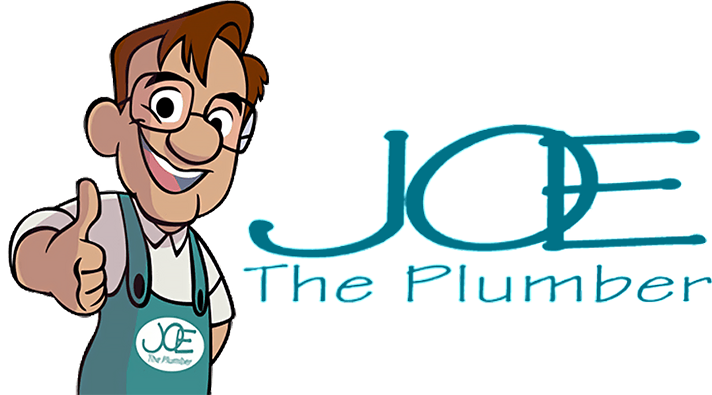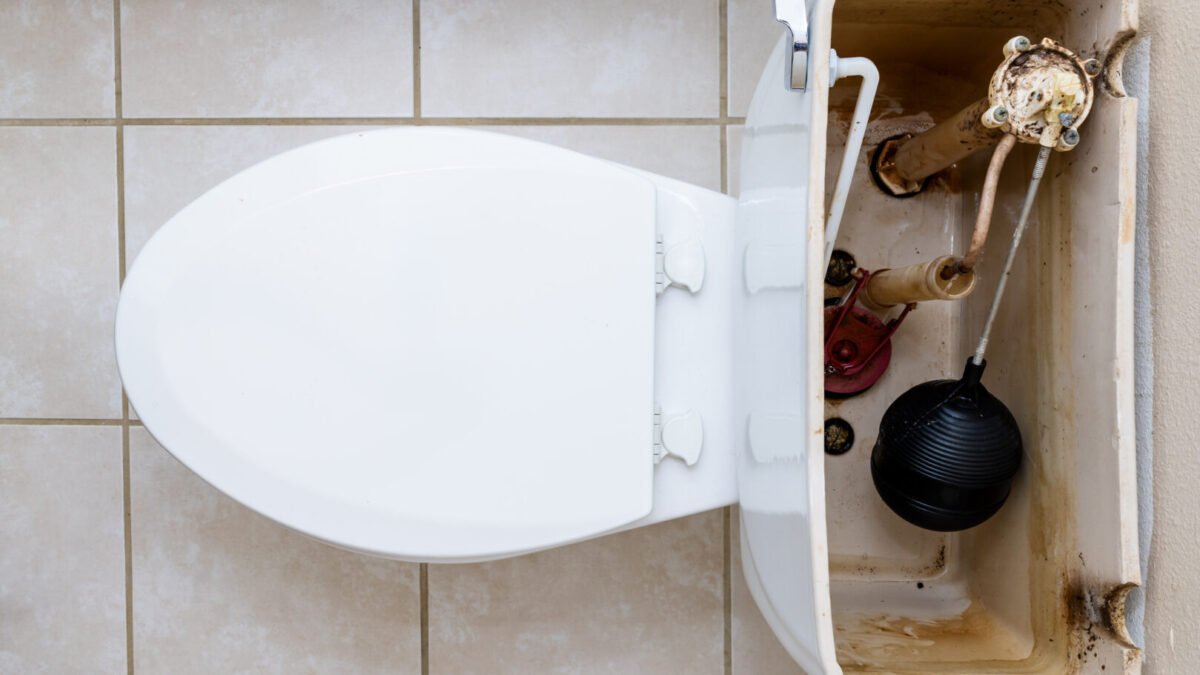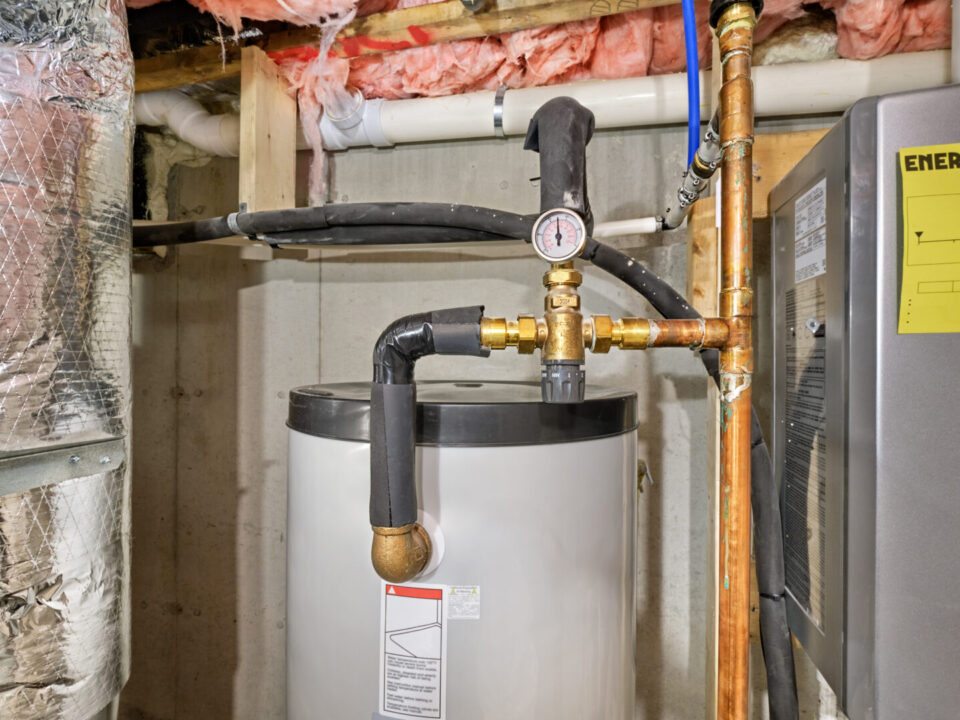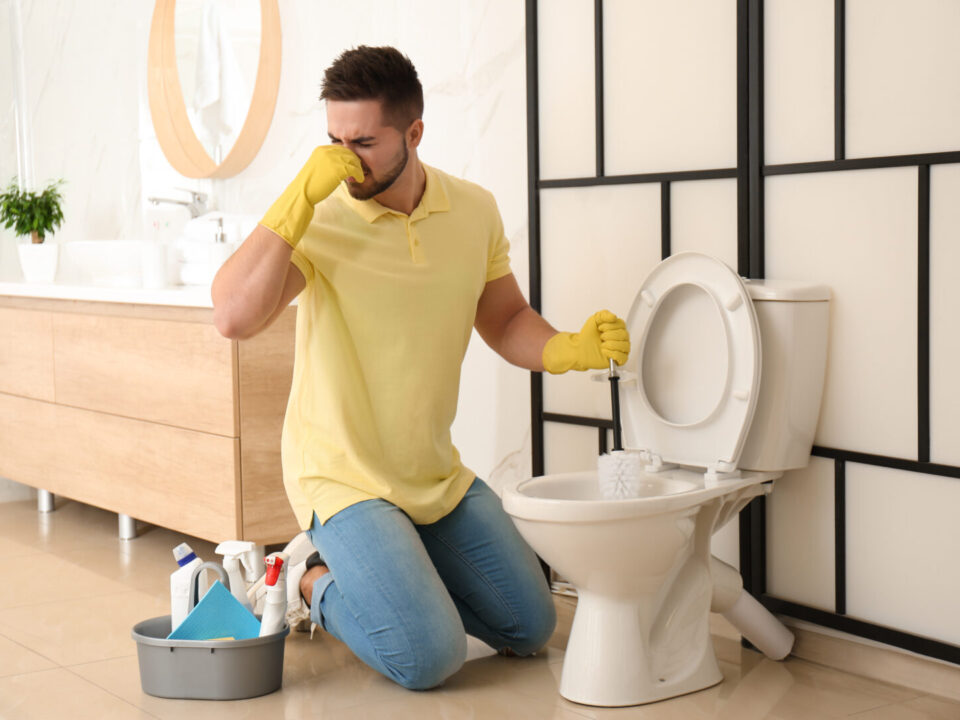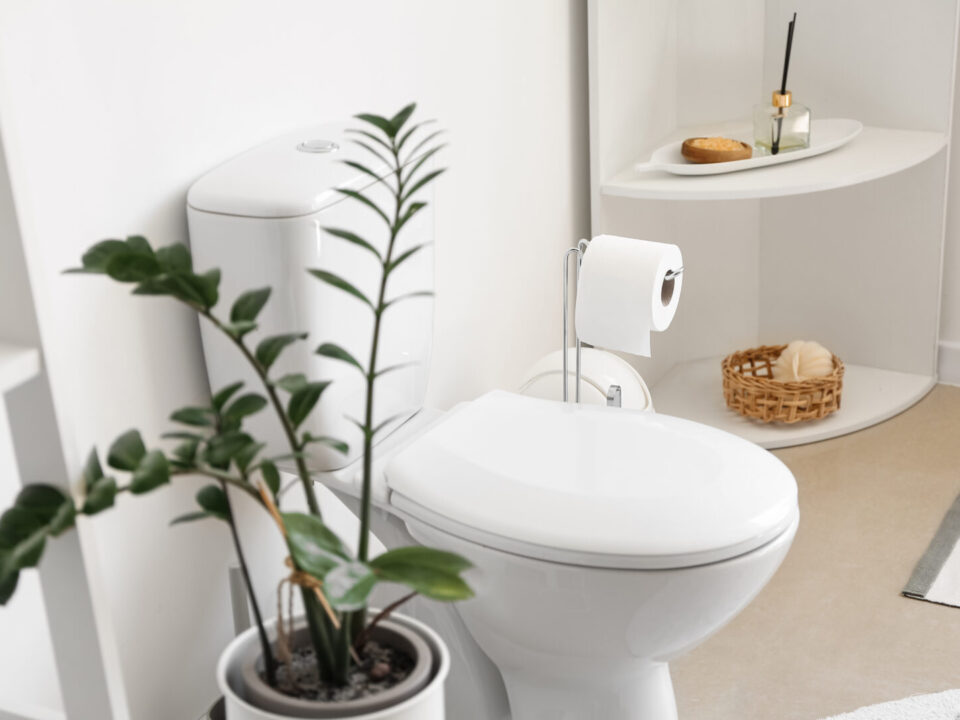Throughout your home, few fixtures are more important than the toilet. For obvious reasons, it’s very regularly used, and something going wrong with it can lead to real headaches. Because of the toilet’s importance, it’s a great idea to be familiar with its working parts and understand how to troubleshoot problems that may arise. That way, you’ll save yourself from some messy situations and save money on potential repairs!
So, without further ado – let’s get started.
Tank
The first part we’ll cover is the tank, which is located on top of the toilet. The tank is where many other important parts of the toilet are stored, and it’s also responsible for storing the water you use to flush. Typically, there aren’t too many problems that occur with tanks themselves, other than direct damage or chipping. Problems are far more likely to occur with the individual parts inside the tank, which you can see if you lift the lid.
Handle
The next part we’ll cover is the handle, something everyone is familiar with. Usually found near the top or the side of the tank, this is what you push to flush the toilet. Handle problems are rather rare, but if they do arise, it’s usually because the handle is loose. You can easily tighten it by opening the lid and screwing the nut inside counterclockwise.
Chain/Lift Wire
The chain or lift wire is what connects your handle to your flapper. This lifts the flapper to allow water to move into the bowl. Sometimes, the chain can become snagged or detach from one side or the other. The fix for this is simple; if snagged, simply unravel it so it hangs free, or if detached, connect it back to the side it fell from. If your lift wire is broken, purchase a new one.
Flapper/Flap Valve
The flapper or flap valve is a plastic valve that lifts to allow water to flow into the bowl. One frequent problem with this is hardening. A hardened flapper will lose its seal on the valve and create a hissing noise. Unfortunately, there isn’t much to be done about this other than buying a new flapper and replacing the old one.
Fill Valve
The toilet fill valve is a tube located in the tank of the toilet. This piece brings water from your plumbing system into the tank while also regulating the water level inside said tank. These are included in most modern toilets, but older toilets often have a float or ballcock valve. Fill valves can crack or become damaged over time, requiring replacement.
Float/Ballcock
Typically found in older toilets, the float or ballcock valve is a ball-shaped part that floats on top of the water in the tank. If your float isn’t working properly, you’ll likely notice that your toilet doesn’t stop running or filling properly. This means that you should consider replacing the float as soon as possible.
Water Supply
As you might expect, the water supply is the line that runs from your main water source to the toilet. Usually, you can see it coming out of the floor or wall and into the bottom of your toilet. There is also a shut-off valve that accompanies it in case of emergency. Should there be problems with either the water supply line or shut-off valve, it is possible to replace either part, but take care to ensure you don’t end up with water all over your floor.
Bowl
The toilet bowl is where all the water and waste you put in goes. Because it is one solid piece that doesn’t have any moving parts, the only real problem you are likely to run into is physical damage.
Trust Joe the Plumber with Your Toilet Service Needs!
Giving your toilet the care it needs is essential for maintaining a healthy, convenient lifestyle. So, when problems arise, don’t sit on them for too long! Depend on the knowledgeable, hardworking pros at Joe the Plumber. From your toilets and sinks to your septic system and everything in between, we go above and beyond to deliver fast, efficient plumbing services at affordable prices. You won’t find a better team than ours in the Houston area, so contact us today to schedule your service!




